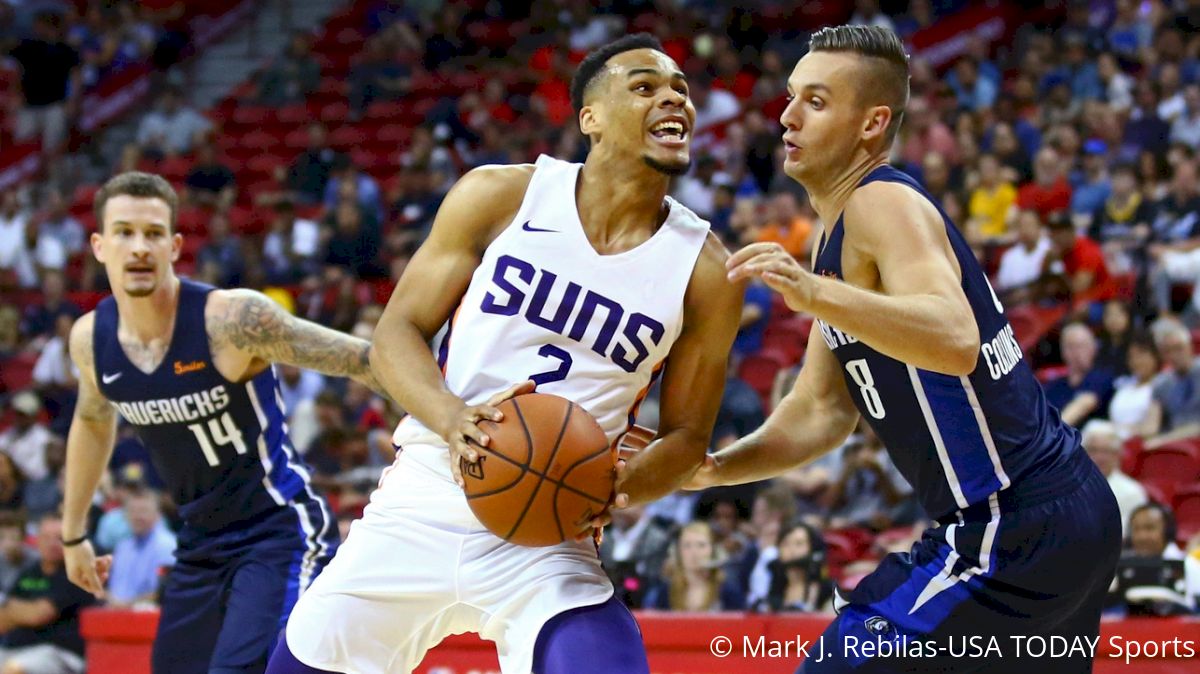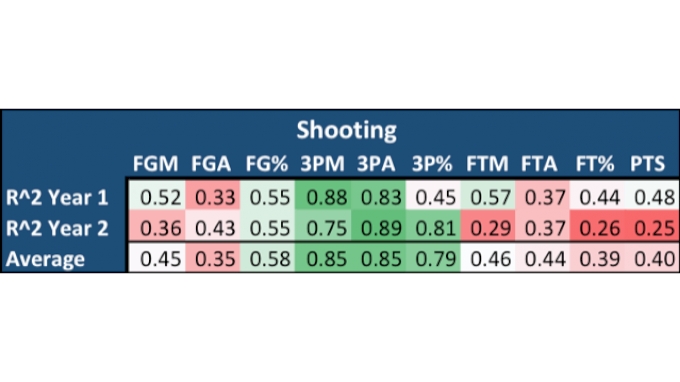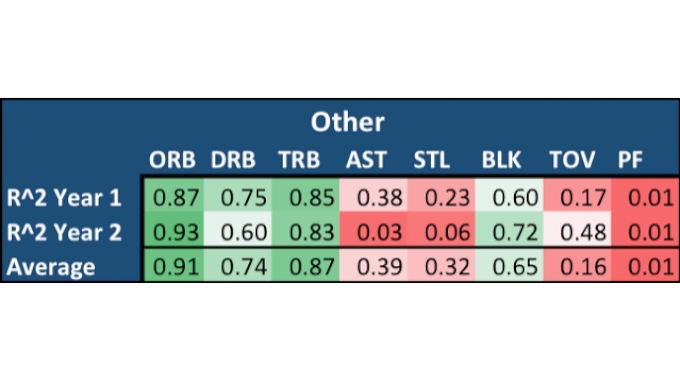EuroLeague To The NBA: The Skills That Translate Most
EuroLeague To The NBA: The Skills That Translate Most
The journey from the EuroLeague to the NBA is becoming more and more frequent, so which skills translate most to the United States?

With NBA training camps and preseason play right around the corner, the expectations are high for several young European players — such as Luka Doncic and Elie Okobo — to make an immediate impact on their new teams. While franchises have more information than ever before regarding potential draft prospects, including their stats, size, and athletic measurements, it’s difficult to tell what information actually matters. Were Mikal Bridge’s stats just a product of the Villanova system? Should we be worried about Doncic’s shooting? Was the beginning of Trae Young’s season just an anomaly?
These questions become particularly complicated when dealing with players from the European system, as the style of play and level of competition is so different that it’s difficult to know what part of a player’s game will be able to translate to the NBA. It’s not like NBA general managers haven’t gotten it wrong before. So, we here at FloHoops decided to do some research.
I took all the significant players since the 2014 NBA Draft who played at least a full season in the NBA and the EuroLeague, and looked at how their EuroLeague stats correlate to their NBA stats. In other words, which skills translate best to the NBA?
I attempt to answer this question by finding the R^2 values of regressing NBA stats onto EuroLeague stats. R^2 values can be thought of as a percentage. For example, if the R^2 correlation value between points per game in the Euroleague and the NBA is 0.48, then we could say that 48 percent of a European player’s scoring output in the NBA can be explained by their scoring in the EuroLeague.
Below, I have posted the R^2 values of the different correlations, broken down into two main statistical categories. All stats are per 36 minutes. I also looked at their first and second year separately in order to gauge how additional years of NBA experience might affect those correlations.

First up, shooting. In line with some stereotypical ideas about European players’ shooting abilities, three-pointers made, attempted, and three-point shooting percentage showed some of the highest correlations across any statistical category. However, it looks like European players struggled to find the same quality two-point shots, bringing their total field goal percentage, as well as their overall scoring average, down.
Interestingly enough, while by a player’s second year nearly 81 percent of their NBA three-point percentage can be explained by their EuroLeague percentage, there appears to be an adjustment period during players’ rookie years, when the R^2 value drops to 0.45. Perhaps it takes time to adjust to the different style of NBA play and/or the distance of the NBA three-point line.
European players also appear to struggle drawing the same volume of fouls during their time in the NBA, which could also be a contributing factor in their decreased scoring average. What stood out most about the free throw numbers, though, is how low the correlation is for free throw percentage. One would assume that a free throw is a free throw, whether in Turkey or America. Perhaps because European players are getting to the line so much less, there is more variance in their average free-throw percentage.

While three-point shooting percentage was high as expected, contrary to many popular beliefs, rebounding correlations — both offense and defense — look just as high. European big men are able to consistently grab close to as many boards against the length and athleticism of NBA big men as they did in Europe. The block numbers are also surprisingly high.
Perhaps the best indicator of some of the differences between the European and NBA games is the low R^2 value of turnovers. There looks to be some initial issues in adjusting to NBA defenses, as European players have much higher turnover averages in the NBA than in the EuroLeague. However, this looks to improve slightly by a player’s second year. The other surprisingly low correlation is in assist numbers. One hypothesis is that European players tend to have much higher usage rates as the focal points of their EuroLeague teams’ offense, and that they have fewer opportunities for assists in the NBA because the ball is in their hands so much less.
Overall, these correlation numbers are surprisingly significant. There are certainly a lot of skills from the EuroLeague that translate pretty well to the NBA. After all, while the style of play may be slightly different, it’s still basketball. However, these correlations definitely come with a caveat — which is that the entire sample size is made up only of players who managed to not only be drafted from the EuroLeague, but also earn significant minutes in the NBA. Meaning that just because a prospect is a great rebounder or three-point shooter in the EuroLeague doesn’t necessarily mean these skills are bound to translate to the NBA. But there is definitely still a reason to keep an eye on young European big men like Luka Samanic and Biram Faye this season, as all the evidence indicates that their skills should translate well to an NBA style of play.
Fri Lavey is a writer and consultant who studied economics and statistics at Harvard University. He has previously worked as a data analyst for the NBA, the MLB, and the Philadelphia 76ers.